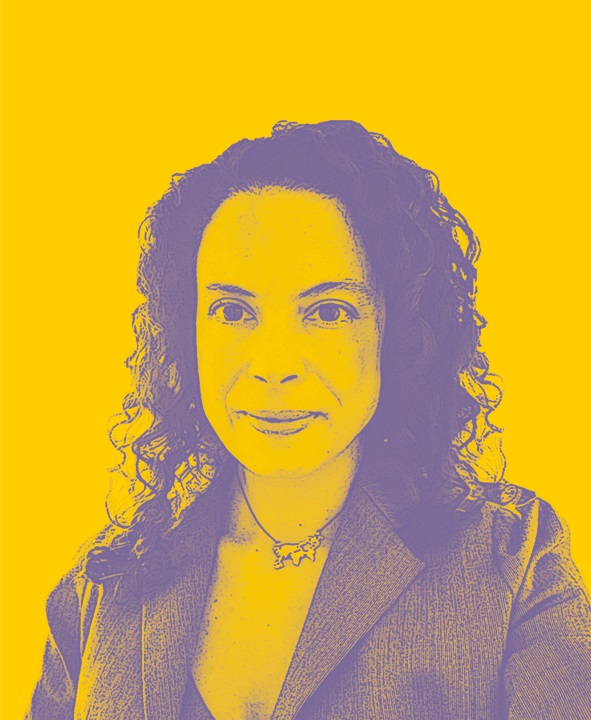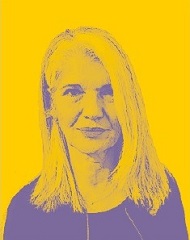Glossary
Averag life expectancy: Measure of the average time an individual is expected to live.
Burden of disease: The impact that diseases or injuries have on the population. The burden of disease is usually measured in terms of number of deaths, Years of Life Lost (YLL), Years Lived with Disability (YLD) or Disability-Adjusted Life Years (DALYs), referring to a specific time interval - for example a specific year - and to one or more diseases - for example cancer diseases. The analysis of the burden of disease allows to identify the most serious health problems affecting a population.
Burden of disease attributable to a risk factor: The burden of disease that could be avoided by removing or reducing to a counterfactual level the exposure to the risk factor.
Counterfactual level: A hypothetical level of exposure to a risk factor different from the observed one, often ideal, defined in absolute or relative terms. For example, with reference to the exposure to fine airborne particles, we can define as counterfactual levels: the limit imposed by European legislation for the annual average concentration of this pollutant, the level of particles observed in a low-polluted geographical area or the observed level in the area of interest decreased by 10%.
With reference to smoking, we can define as counterfactual levels: a percentage of smokers in the population equal to 0 or a percentage of smokers equal to 95% of the actual one (corresponding to a 5% reduction of smokers). The interpretation of the disease burden is different depending on the counterfactual level adopted in the analysis.
Disability-Adjusted Life Years (DALYs): Measure that combines years of life lost due to premature mortality and years of healthy life lost. DALYs from a specific cause are calculated as the sum of Years of Life Lost (YLL), Years Lived with Disability (YLD) resulting from that cause.
Global Burden of Disease (GBD): Comprehensive and systematic worldwide assessment of mortality, disease and their risk factors. The first GBD study was commissioned by the World Bank in 1990 and carried out by the World Health Organization (WHO) and the Harvard University. It quantified the health effects of 107 diseases and 10 risk factors on 8 world regions, introducing the Disability-Adjusted Life Years (DALYs) metric. Subsequent GBD studies were carried out by the WHO. Since 2013 GBD was led by the Institute of Health Metrics Evaluation (IHME). The 2019 GBD study is composed by a consortium of more than 7,000 researchers in over 156 countries and it provides estimates on 286 causes of death, 369 diseases and injuries and 87 risk factors in 204 countries and territories, by age and sex, from 1990 to the present.
Risk factor: Factor the exposure to which is associated with an increased risk of occurrence of a certain disease or injury. Individual risk factors are those related to people's lifestyle (diet, exercise, smoking, alcohol consumption). Environmental risk factors are those that are related to external elements and features of the physical environment where we live (e.g. air, soil and water pollution, extreme weather conditions, features of natural and built environment). Occupational risk factors are those related to workplace environment and working activities (e.g. exposure to contaminants used in the production process).
Years of Life Lost (YLL): Measure of premature mortality that takes into account both the frequency of deaths and the age at which it occurs. For a subject dying at age 70, YLL correspond to the average life expectancy at that age. In a population, YLL are calculated considering the number of deaths and the standard life expectancy at the age at which each death occurs. YLL are a component of DALYs.
Years lived with disability (YLD): Measure of the burden of living with a disease or a disability. YLD calculation accounts for both the number of non-fatal conditions occurring in the population and the disability deriving from them. YLD are calculated considering the duration of each non-fatal condition and assigning it a specific severity weight. Higher the weight and duration are, higher is the disability burden produced by the non-fatal condition. A disease may be characterized by one or more stages representing different non-fatal conditions. As an example, the disability from cancer may be calculated defining four non-fatal conditions of different duration and severity: diagnosis/treatment, controlled phase, metastatic phase and terminal phase. YLD are a component of DALYs.




